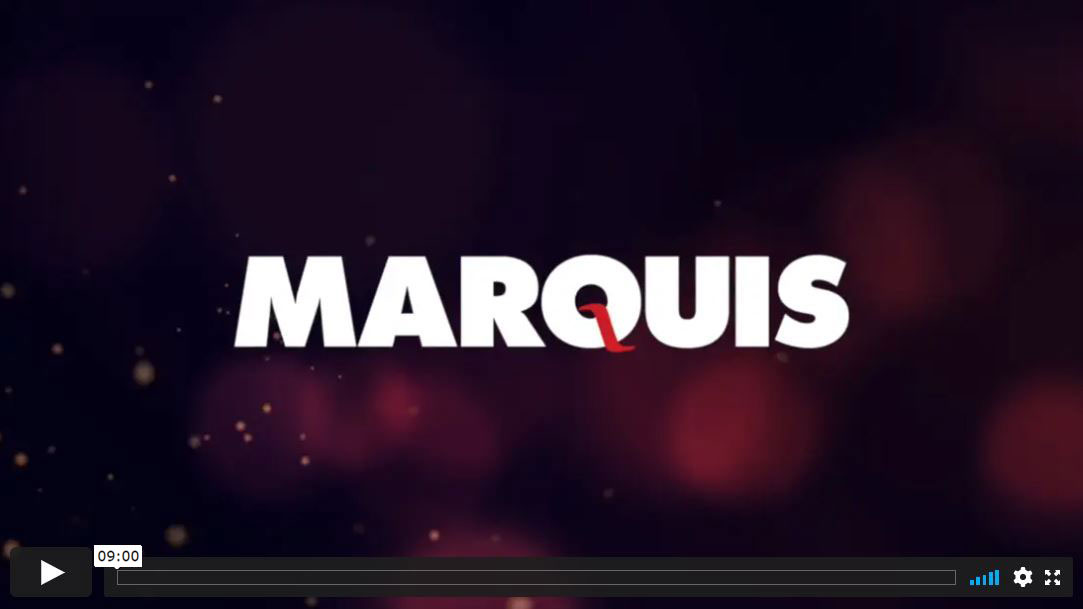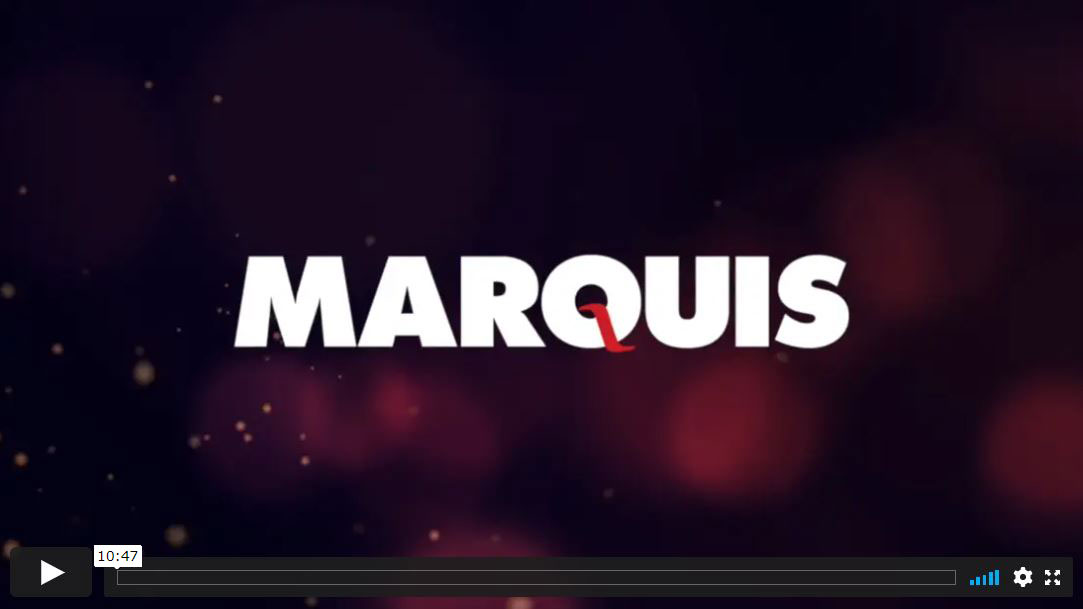What Works? An Analysis of Campaign Results and Best Practices – Part 4 Featuring Marquis’ CMO, Dr. Tony Rizzo

Video Transcription
What Works? An Analysis of Campaign Results and Best Practices.
Part 4: The Power of Triggers
Dr. Tony Rizzo, CMO, Marquis
One of the questions I get asked frequently is, “What works?” So, taking that question to heart, we executed a very extensive analysis of campaign performance throughout campaigns that we managed and produced over 2019.
Marketing automation. This is the holy grail of marketing, in my opinion. But I would add to it to even have it to be more effective. Our marketing automation takes a look at a set of predefined business rules, analyzes those business rules and acts on them every single day.
There are four categories that we look at. One I classify as market automation or triggers. It could be a credit trigger, where I’m analyzing a data set for credit activity to find those members applying for loans not with you on a daily basis. I’m going to make some type of preemptive offer.
It could be what we call good manners marketing. These are things like “Thank you” and “Happy Anniversary.”
It could be a new account trigger. “You opened a credit card yesterday. Thank you. We think you might like an auto loan.”
It could be transactional. “Yesterday, we noticed that you had an overdraft hit. Would you like overdraft protection?”
But as I went back before, and I said, you know, is it worth it? Because there’s a lot going on here, right? There’s a whole lot that goes into marketing automation. It is absolutely not “Set it, forget it and walk away.” So, we undertook another study and looked at 50,000 people. We sent them the exact same letter. One group was based on timing – when they purchased something we thought the timing was right to make a home equity offer – versus 25,000 people that we just picked a date and mailed 25,000 letters out. No time factor at all. However, both the trigger group and the non-trigger group were already predisposed based on filter criteria. So as close as we could, either group was as qualified as the other. All we did was isolate for time.
Again, same exact letter. Nothing was different. Even the envelope was the same. And here’s what we learned. For the group that received the timed letter, there was a higher response rate. Not only was there a higher response rate, but a statistically significant relationship was found between the time an offer was sent and the take rate/response rate on the offer. So, there is something to marketing automation. We’ve proved it scientifically. We’ve also proved it anecdotally through all the different campaigns that we’re doing.
Look at the different benchmarking responses across the universe. You can see, highlighted in red, combining direct mail with email had an impact on balances.
This idea of machine learning, which is really what marketing automation is, it is not set it and forget it. If you have not done this yet, and you’re looking to get into it for next year, do it slow, do it methodically – one trigger at a time. Do the trigger. Launch the trigger. Track the trigger. Go on to the next one. If you don’t follow that sage advice, you will get bogged down in too many details and your progress, your forward momentum, will stop.
Some samples.
This is marketing automation for credit. Remember, these are people that applied for credit outside of your institution.
The best product you can do this for is auto. Do an auto credit trigger 30 days after the person applied for a loan somewhere else. Why? Because if I go to the auto loan dealer, and I’m credit worthy, I’m going to get the auto loan. Might not be the best auto loan, but I’m going to get one. So, for you to try to preempt that with a letter or email sooner, it isn’t going to be very effective. What is going to be effective is, “Hey you probably have an auto loan, we’d like to lower your payment and save you some money.” That’s a better offer.
The worst product to use credit triggers for are credit cards. Why? Because people generally get a credit card for a specific reason. Could be rewards involved. Could be affinity involved. Could be because I went to Best Buy and I got some money off the TV. It was for a specific intent and purpose, by and large. To make another offer for another credit card, right after the fact, is not the best use of money.
Good manners. These are typically Thank You, Happy Birthday and Happy Anniversary. If we’re doing this approach, we’d like to stay light on offers, heavy on the “Thank you.” We’re trying to get to that point. For new accounts, same thing: “Thank you for opening the account. We appreciate your business. It’s customers like you that keep our business viable. By the way, people just like you have purchased …” or, “By the way, you purchased our checking account. You want to make sure you sign up for our access services, our mobile app.”
Transactional. Now with transactions, we’re recognizing a behavior, some type of interaction like overdraft. And we’re making an offer for, in this example, overdraft protection. Or it could be Net Promoter Score. Now here’s the thing: when you’re doing this type of work with transactional data, you have to make sure about the integrity of your data. It’s important. In other words, if you’re not 100% confident that the overdraft data points that we’re going to use are accurate, don’t use it, it will get you in more trouble with loss of confidence, complaint phone calls, those types of unpleasant member experiences. If you’re going to use transactional, make sure that you have an understanding of transactional. Don’t delegate it, because as the person in charge, you have to understand the nuances of data.
No trigger is 100% bulletproof, not one. Give me any trigger, I can poke holes in it. You’re working off probability. You’re working off, “I’m 98% confident in what I’m doing is accurate.” You’re never going to be 100%, it just isn’t realistic. You have to know, in particular, with this transactional data, what you’ve got on your hands.
What do we know? We know from this study that when we use a combination of channels, I double my balances. When I use personalization, in particular time personalization, in particular this idea of daily marketing with triggers, I’m increasing my performance by 4x over a campaign approach. Frequency and consistency – we’ve learned those are your buddies, those are your pals. That’s the way to do direct marketing. It’s not one big campaign that looks beautiful when I put it out there. It’s something I do all the time, that constant machine that’s always working for me.
What we’ve also learned, if I’m looking at direct mail, non-window, live stamp, much higher response rates than indicia-based mail. Much higher response rates than indicia-based mail that’s sent standard class. Now there’s a time to send standard class. So, you’ve got a way when you will and when you won’t spend that extra money. But we know that the non-window live stamp is a high performing package. We know that simple coded email, singular column works the best, as opposed to all the tricks and gimmicks that go on.
We’ve also learned, and I’ve learned the hard way, marketing automation isn’t automatic. Bad name. We have to monitor it. We have to look at the results. We have to make sure that our criteria are valid. We, as marketers, have to be engaged in that. Don’t delegate that. Understand it.



